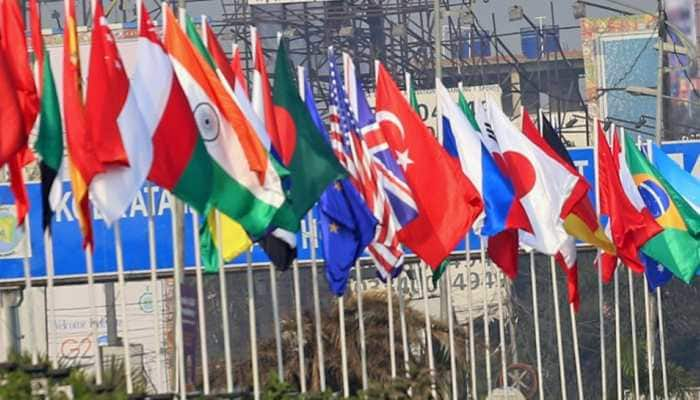10 Golden Rules To Manage Fever In Children
If your child is running a fever, fret not. Doctors say that in more than 90 per cent of children, supportive therapy and paracetamol are all that is required.
- If the age of the child is less than 3 months and the child is with fever, then this should be thoroughly checked
- The most common cause of fever in more than 90 per cent of children is viral infections
- Look out for early warning signs - keep a tab on the appearance of the child, breathing pattern, etc
Trending Photos
) Pic: Pixabay (representational purposes)
Pic: Pixabay (representational purposes) When kids contract fever, often they run very high temperatures, naturally worrying parents. There are some important points that parents need to keep in mind - experts say that they should not panic and remember that fever is a natural way for the body to fight bacterial and viral infections. Dr Parvinder Singh Narang, Head of Department, Pediatrics, Max Super Speciality Hospital, Shalimar Bagh, share key tips to manage fever in kids.
Ten Golden Tips To Manage Fever In Children
Dr Parvinder Singh Narang shares 10 tips to deal with children's fever:
1. A body oral temperature of 36.6 C / 97.9 F or rectal temperature of 37.0 C/ 98.6 F is considered normal. When the rectal temperature is 100.4 F or 38 C, it is considered a fever.
2. If the age of the child is less than 3 months and the child is with fever, then this should be thoroughly checked and investigated, and treated accordingly.
3. The most common cause of fever in more than 90 per cent of children is viral infections; if the general condition of the child is ok, then the child only requires antipyretics such as paracetamol and good hydration.
4. It is important to do a proper history check and examination on the basis of the age of the child, duration of fever, physiological state of the child, localizing signs, and epidemiology of area such as the existence of dengue or malaria.
5. Look out for early warning signs - keep a tab on the appearance of the child, breathing pattern, if the child is feeling lethargic or irritable, if the child is looking pale and has breathing difficulties, among other things. In these circumstances, a child needs immediate attention.
6. Systematic examination and investigation should be done accordingly and then specific treatment should be started unnecessary use of antibiotics can suppress the signs and cause problems in diagnosis in cases like urine infection and typhoid fever or pneumonia.
7. If a child has a fever for more than 7 days, it is considered a prolonged fever. Besides common viral and bacterial infections, doctors need to rule out connective tissue disorders or arthritis, or immunodeficiency disorders
8. Red flag signs in prolonged fever are weight loss, joint pains, swelling headaches or skin rashes, or enlarged lymph nodes.
9. Evaluation of fever means careful check of background or history, physical examination, and checking the overall condition of the child.
10. Stabilisation of the child with fever is more important with hydration rather than giving antibiotics - we must remember fever is a friend, it helps to fight the disease, and in more than 90 per cent of children, only supportive therapy and paracetamol are all that is required.
Stay informed on all the latest news, real-time breaking news updates, and follow all the important headlines in india news and world News on Zee News.
Live Tv







)
)
)
)
)
)
)
)
)
)
